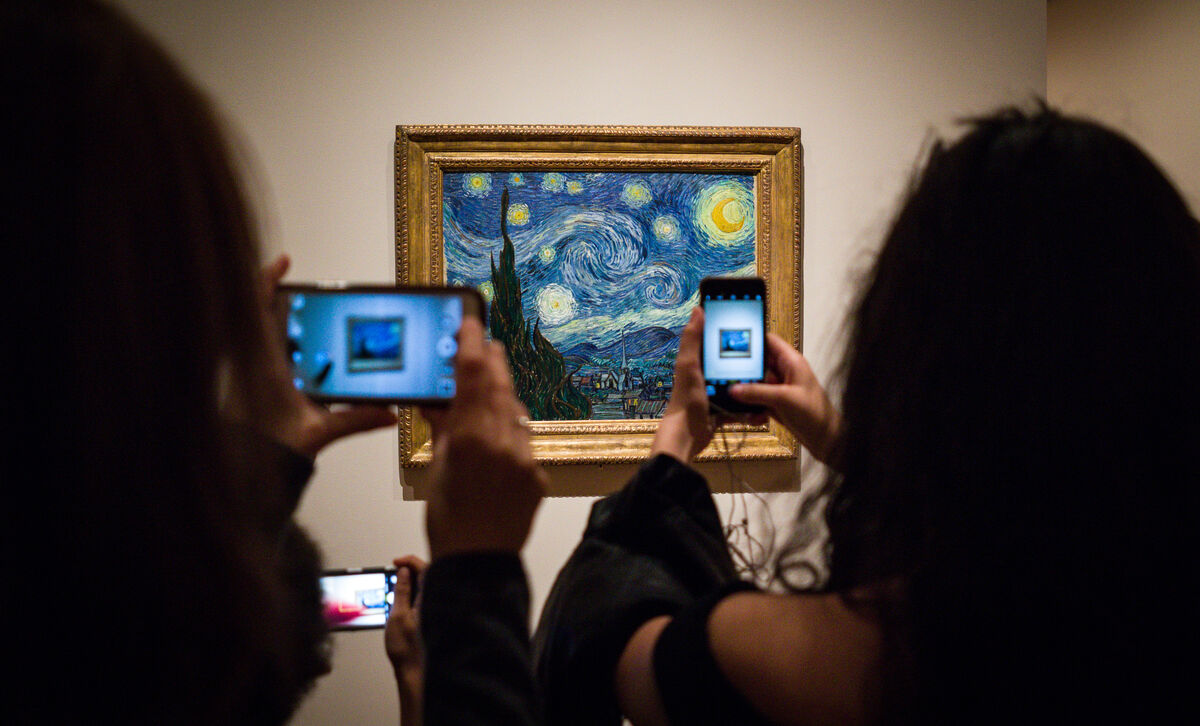Sometimes the smallest thing will spark an idea which begins (or reignites) a line of thinking that ultimately impacts what happens in the studio.
A couple of weeks ago, while thinning out the overly abundant Lady’s Mantle in our back garden, I was struck by the way it develops. Unlike most plants which sprout baby leaves that are a miniature version of their full-grown selves, the new growth of this perennial is something of an engineering wonder. Each tiny leaf emerges intricately compressed in a series of accordion-style folds, perfectly designed to open into the wide, dew-catching, platter-like leaves that characterize the plant. I couldn’t help but think of this as a prime example of nature-made origami.

Lady’s Mantle leaves in three different stages
That reminded me of when we first met Quinn at the dog shelter and they allowed us to take her for a quick walk around the block before deciding to adopt her. I was walking behind her and noticed that as her ears jauntily bopped up and down with every stride, they exquisitely folded in upon themselves. Smitten by this wonderful quirk, I thought of them then, and still do, as “origami ears”.

A quick search online about the origins of origami makes it pretty clear that it’s an art that has been around for so long that pinning down a comprehensive history is nearly impossible. But I’d be willing to bet it was originally inspired by nature.
With all of the above in mind, it’s not a huge leap to wonder how I too might adapt origami-type folds into my work.

A couple of years ago I began experimenting with basic folds as a way to enhance dye patterns. At the time I was using a wrapped resist (Arashi Shibori) technique with interesting results. But I never quite figured out how to take my test samples to the next level. I’m thinking that this summer might be a good time to revisit and push the idea to see where it might lead.

Coincidentally, and in that same light, last week I listened to the art critic Jerry Saltz on The Upgrade (How to be Creative Right Now) as he talked about “his secrets to finding inspiration in these isolating times, as well as how he imagines the art world will emerge from this global pandemic”. It’s an interesting interview, but even more importantly, it alerted me to his newly-published book How to Be an Artist. Take a look at the list he has compiled — I’m sure you’ll be able to relate to much of what he outlines.

Saltz’s Lesson 13 makes me feel like I’m on the right track.
❖

Eve ©2020 Elizabeth Fram, Ink and colored pencil on paper, 11 x 8.5 inches When I emailed Eve her scan of this drawing, I told her that I’m finding this project simultaneously very fruitful and extremely humbling. The question that’s always in the back of my mind is: am I doing this person justice? And while that’s not something you have to spend too much time worrying about when drawing an anonymous model, I think it’s something to strive for nonetheless. With someone I know, I’m happy if I can get into the mere neighborhood of a likeness. The bigger lessons lie in the nuts and bolts of pushing my understanding of color and how to best use my materials. I think I need to do about 100 more of these to make any true progress, but it’s very motivating to work with the images of folks who inspire me. Eve is currently meshing her previous career as an election law attorney with her current path as a full-time artist by spear-heading Knit Democracy Together – a project connecting people with ideas and each other through art and knitting.
❖
I am grieving a bit over having to miss a planned trip to Maine last week due to the virus. In an effort to get a remote fix, I’ve been paying special attention to Maine galleries and museums on Instagram and then following up online. Discovering Carrie Moyer’s and Sheila Pepe’s fabulously titled exhibit Tabernacles for Trying Times at the Portland Museum of Art has offered some thought-provoking inspiration, despite the distance. Don’t miss their short video on the Museum’s website.
























































